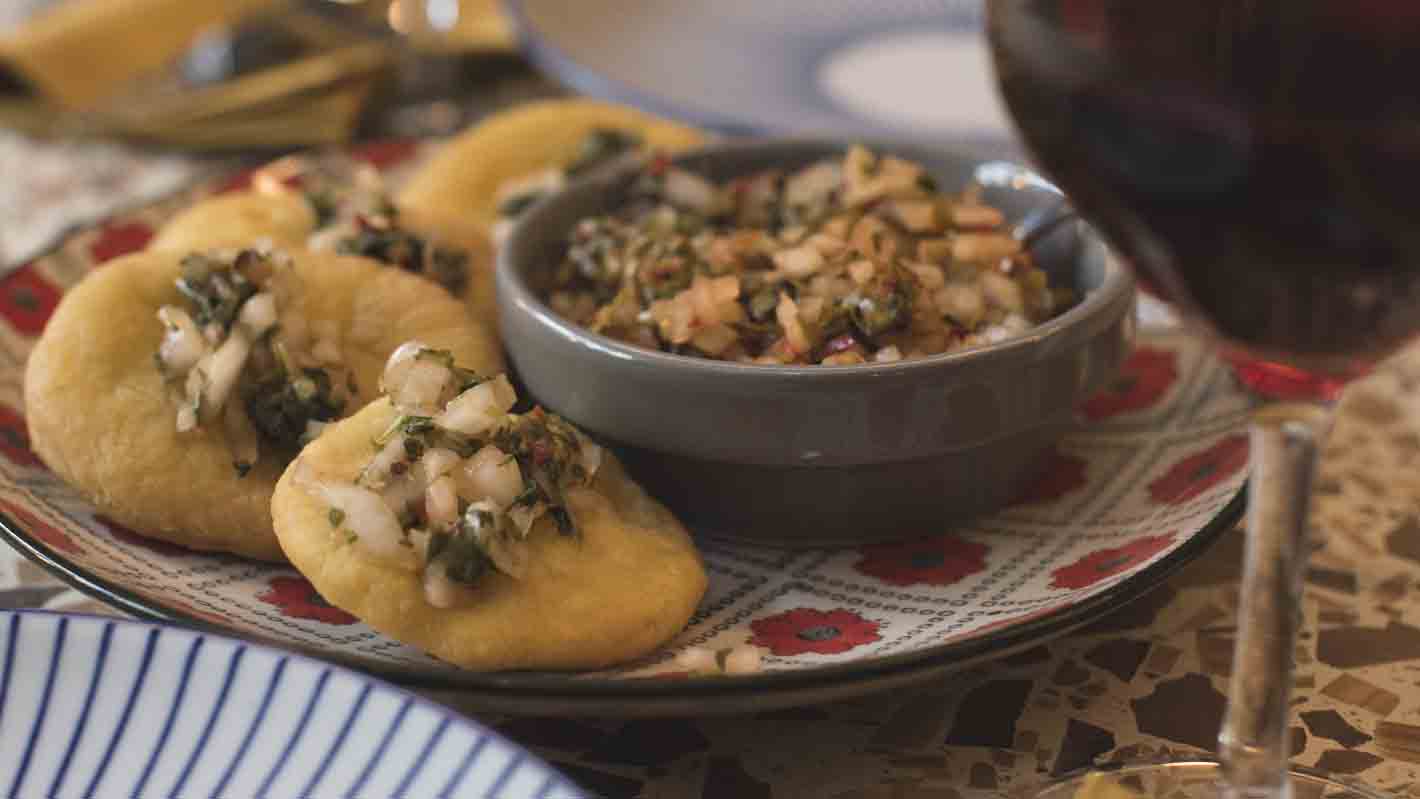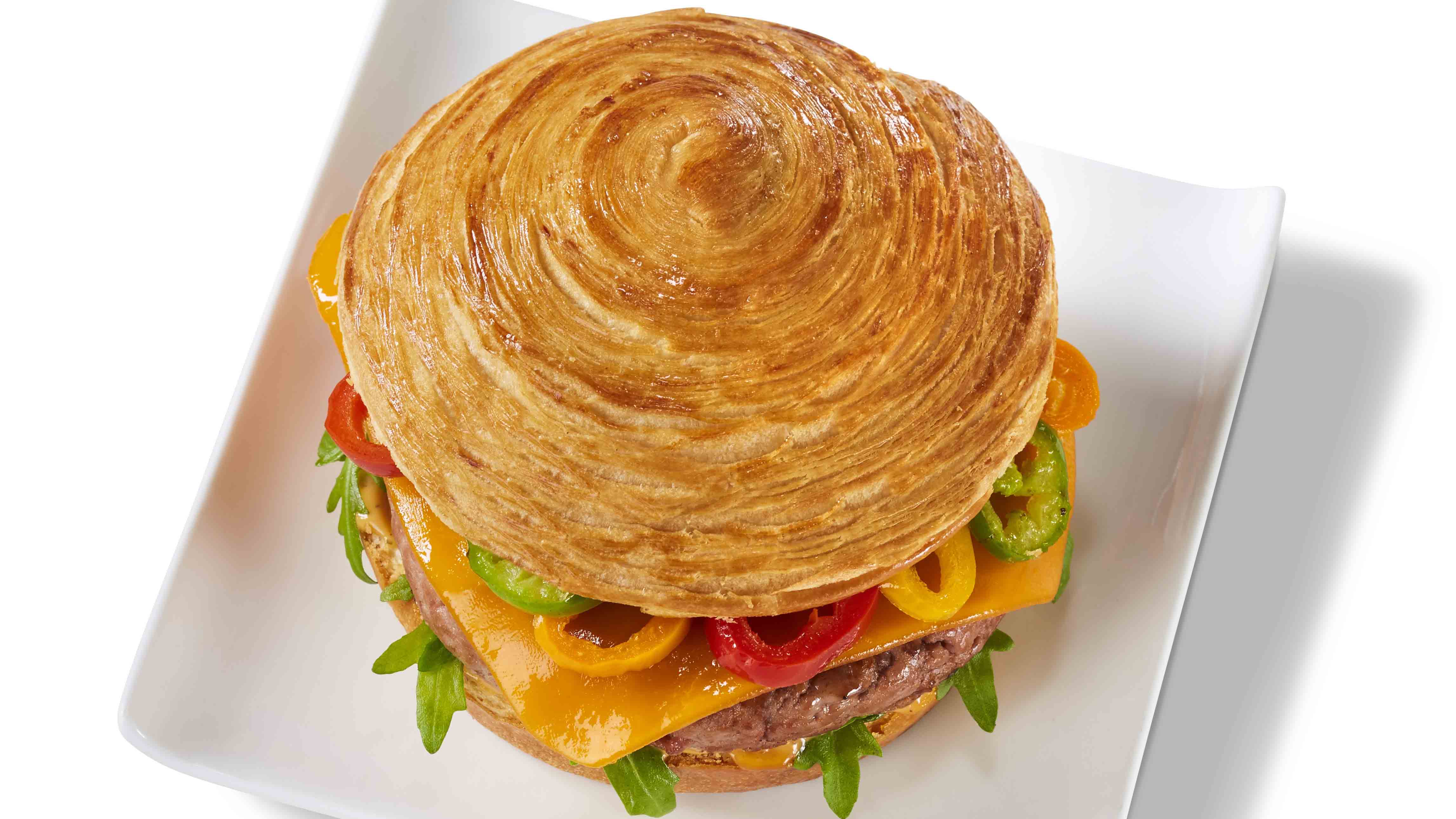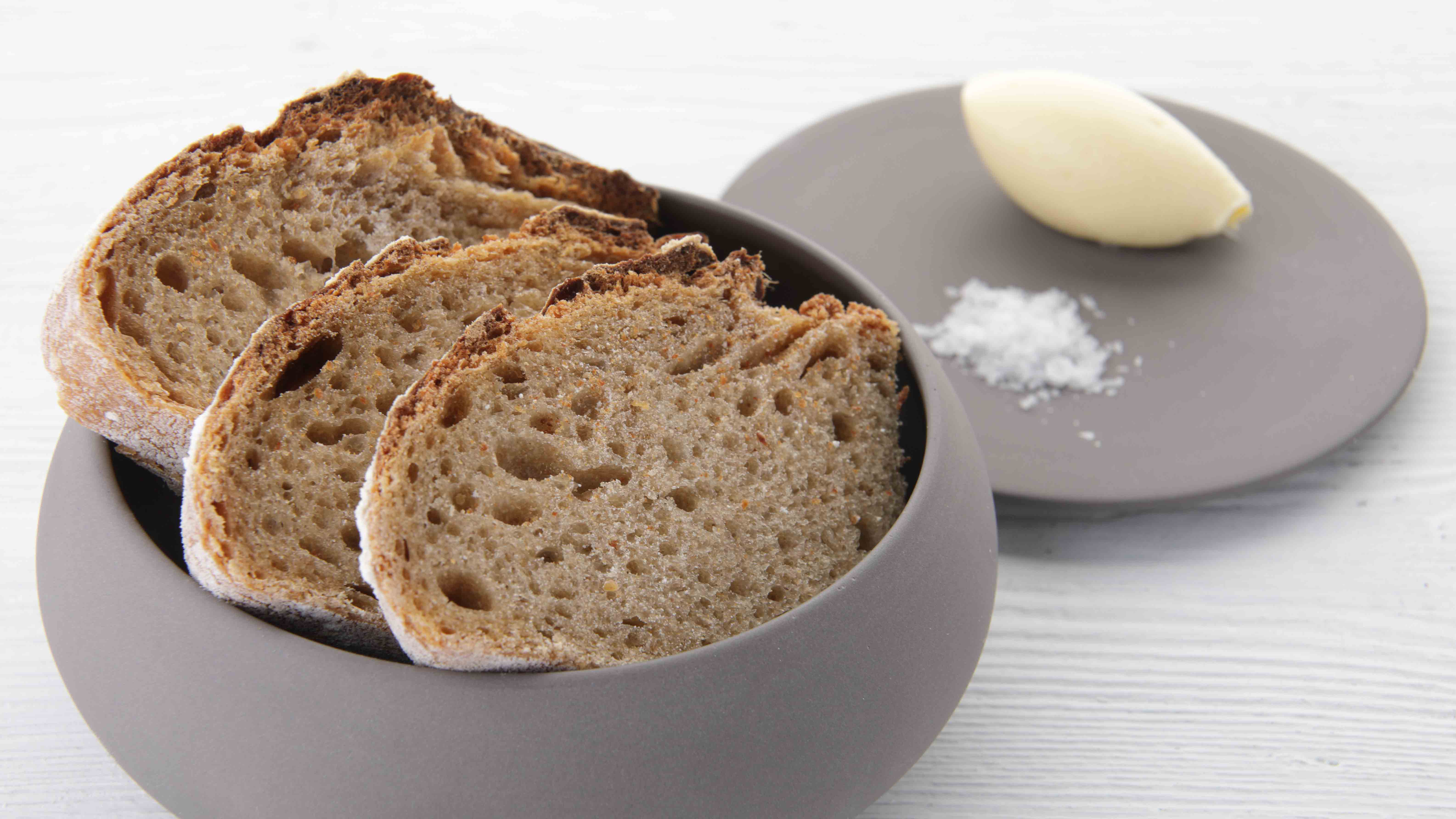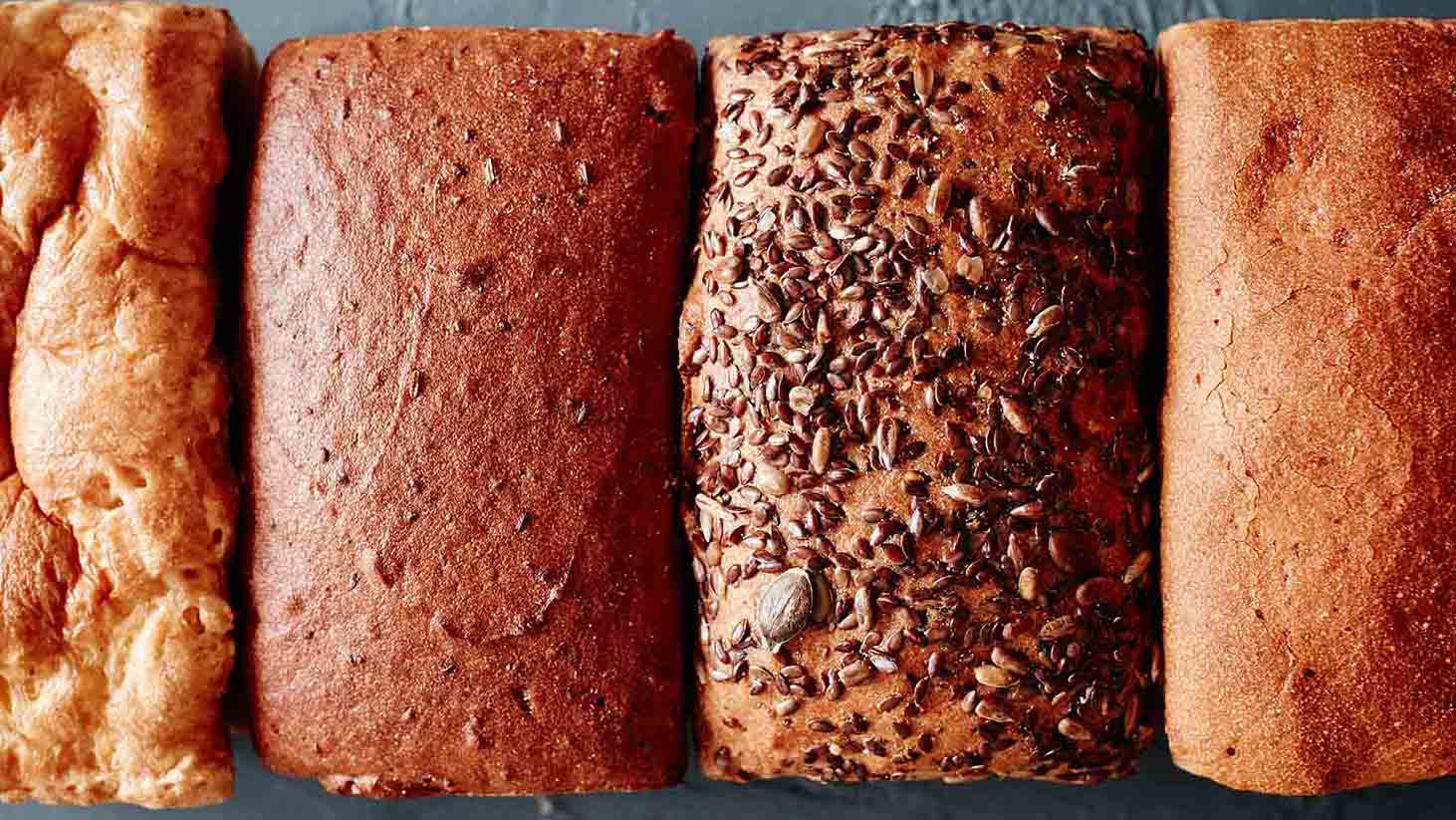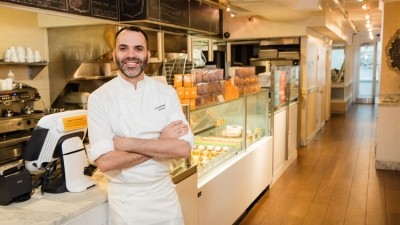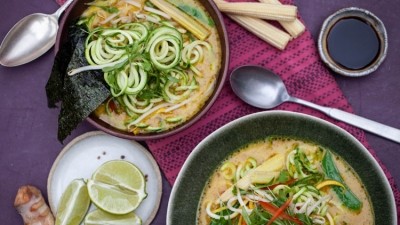Loafing around: nine bread trends
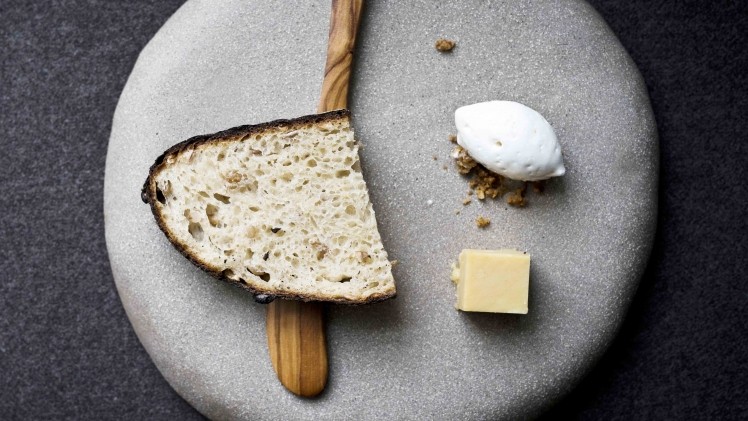
Move over, naan
Now that the UK is sufficiently comfortable with the naan and its many permutations, more adventurous Indian restaurants on these shores are expanding their repertoire to include traditional and contemporary versions of breads from across the subcontinent.
One of the most Instagrammed dishes of the year has been Mayfair restaurant Indian Accent’s soy keema with quail egg accompanied by a small, lime leaf butter pao. Originating from Goa, paos are light, fluffy and usually used for stuffing with meat and vegetables, and soaking up gravies.
JKS Restaurants – the London-based restaurant group that includes Gymkhana, Trishna and Brigadiers in its portfolio – has also done a lot of work to open up the world of less obvious Indian breads with options including kulcha, paratha and kati rolls. Its two-strong Hoppers restaurant brand even takes its name from the Sri Lankan bowl-shaped pancakes that were once memorably described by Indian food writer Madhur Jaffrey as “the love child of a crêpe and a crumpet”. The hopper and its close relations the dosa and the appam are gluten free, light and versatile. As such they are giving the savoury crepe competition at street-food markets across the capital.
Esoteric grains
Ancient grains are said to be richer in omega-3 fatty acids, antioxidants and protein than wheat. The likes of quinoa, amaranth, spelt and khorasan are called ‘ancient’ because they haven’t changed in millennia.
Scott Smith’s bread made with ancient Scottish grain beremeal floored critics at his former restaurant Norn, and he continues to serve it at his new Edinburgh restaurant Fhior.
“It has such a unique flavour which I can only describe as barley on steroids,” says Smith.
London’s Gradz bakery is another proponent of Britain’s less obvious grains, with the likes of amaranth and flax used in recipes owner Agnes Gabriel found handwritten by her great grandfather.
West African-inspired London restaurant Ikoyi, meanwhile, uses fermented rice with sorghum, which chef-patron Jeremy Chan says is nutritious and gluten free.
Sprouted grains are also popular. The grains – often barley and spelt – are soaked in water and allowed to germinate, which causes them to sprout. The grains are then dried or mashed before being baked, producing breads higher in protein and nutrients yet lower in calories and carbohydrates than non-sprouted wholegrains.
Latin spirit
An explosion of authentic yet affordable and accessible South American restaurants in the capital has introduced numerous hitherto virtually unknown bread styles, many of which are handily gluten free thanks to the use of corn maize.
Conveniently shaped for stuffing with fillings such as avocado or pulled pork, arepas (and their cousins, pupusas, gorditas and cachapas) can now be found at bakeries and restaurants across the city, including Bethnal Green’s Arepa & Co and Chiringuito, Arepazo Bros in Camden, Petare in Brixton, Cachitos in Peckham, and Mi Cocina Es Tuya in Crystal Palace.
Pioneer of Peruvian restaurants in the UK and founder of Ceviche and Andina, Martin Morales raised the stakes in the Latin bread game earlier this year, launching London’s first Peruvian bakery – Andina Panaderia – in Notting Hill. Led by head pastry chef Ana Velasquez, the bakery turns out South American slow-fermented baked goods, including traditional sweet and savoury pastries alongside breads. Outside of the capital, 83 Hanover Street in Edinburgh serves small, corn-based South American flatbreads called sopaipillas, using a recipe from owner Juan Jose Castillo Castro’s upbringing.
Spliced loaves
Bakers across the world are looking to ape the success of Dominique Ansel’s croissant and doughnut hybrid the Cronut with varying degrees of success. French bakery giant Bridor
ecently created ‘Bun’n’Roll’, a bread roll made from croissant dough. Erwan Inizan, Bridor’s UK commercial director, suggests using the flaky, spiral-shaped bun as an indulgent alternative to a traditional burger bun.
“Its crisp exterior and flaky layers make it an ideal carrier,” he says. “The slightly sweet, melt in the mouth pastry enhances the savoury ingredients used in the burger stack.”
UK bread supplier Speciality Breads has created a hybrid of a scone and a brioche roll called a Scioche. These mash-ups may not be as outlandish or as Instagram-friendly as a ramen burger or Yorkshire pudding burrito, but they’re likely to enjoy more longevity.
Scandi style
Nordic bread ticks the health box because it is nearly always made with whole grains and the quality and breadth of its baked goods output more generally has played a big role in driving the popularity of the cuisine of these shores.
Alongside cinnamon rolls, rye bread and other dark breads are becoming increasingly popular with customers following the success of a number of Scandi restaurant concepts, not least upmarket bakery and café chain Ole & Steen. With eight sites in London, the group sells rye in the form of rye crisps; carrot rye; chia rye; and seeded rye, alongside a host of rye-based sandwiches.
Covent Garden’s Swedish bakery Bageriat has a similar range of rye breads, some of which incorporate Scandinavian berries. Danish restaurateur Soren Jessen recently opened Borealis, a Nordic-inspired restaurant that follows the launch of his other Scandi spot, Ekte Nordic Kitchen, in April. Jessen clearly found success with the format of the Ekte menu, which offers hot dishes alongside a considered list of open rye bread sandwiches, as the rye-focused side of the menu is identical across both sites.
Waste not, want not
In an era of conscious consumption, restaurants are getting more creative with stale bread and loaf ends.
Earlier this year, sandwich chain EAT partnered with brewery Toast Ale to cut food waste. EAT donates crusts to the brewery for use in creating craft beers. London-based vegetarian restaurant Tiny Leaf also donates surplus crusts to the brewery, which was founded by Tristram Stuart in 2015. The brewery sources loaf ends not used in making sandwiches to replace one third of the malted barley that is turned into alcohol.
Bread is also used in recipes. At Ruya in Mayfair, Colin Clague uses leftover simit bread in citir kalamar (baby squid coated in breadcrumbs). It is also shaved to make crispy wafers that are used in levrek, which is made with raw seabass and a mustard dressing. Stale bread is also used to thicken soups and in the rustic Tuscan salad panzanella.
Butter wouldn’t melt
For many diners, bread is merely a vessel created for transporting butter to the mouth. Chefs have been playing around with butter for some time: smoking it, flavouring it with all manner of other ingredients and even churning it themselves.
Current butter trends include the addition of yeast and yeast-based products (Cora Pearl, Anglo) and butter made with alternative dairy products (Skye Gyngell, chef-patron at Spring, makes one type of butter with kaffir, and another with smoked crème fraiche).
For diners with a taste for the finer things in life, French caviar company Neuvic makes a butter composed of 28% caviar mixed with French butter, sold in caviar tins. The company has started to supply restaurants on these shores including L’atelier de Joël Robuchon, Pied à Terre and Umu.
I can’t believe it’s not butter
With the rise of veganism, some restaurants are offering more than just olive oil as an alternative to dairy-based butters.
At newly opened Gazelle in Mayfair, chef Rob Roy Cameron serves spelt and fennel bread with butter that looks like the real deal, but is in fact made from a clever combination of olive oil and cocoa butter. The cocoa butter is melted and then handwhisked into the olive oil over ice. Despite the restaurant being far from vegan, Cameron says he created the dairy-free butter for its taste on its own merit.
“I like to use vegan butter because it’s much lighter and gives more of a clean flavour,” he says.
“I prefer the taste of olive oil with the bread we serve at Gazelle, as opposed to fat in regular butter.”
Unsuitable for vegans (but still dairy-free) are spreads based on rendered animal fats. Gareth Ward’s Michelin-starred restaurant Ynyshir in Wales serves one made from creamy wagyu beef fat and House of Feasts in Peterborough serves smalec spread made from almost 100% pork fat.
Decent gluten-free breads
Not so long ago, gluten-free breads were about as enjoyable to eat as cavity wall insulation. While some types certainly still exist, an increase in demand has boosted innovation in the GF sector.
“Our audience has shifted over the years and we now find that more than half our customers are not coeliac or entirely gluten-free, rather they want to be experimental and are preoccupied with seeking out the unconventional in food,” says Elena Golubovich, founder of gluten-free bakery company Beyond Bread.
The company stocks all the breads that would be found in a standard bakery, including pumpernickel, ciabatta, baguettes, white sourdough and brioche, meaning that people who follow a gluten-free lifestyle don’t miss out.
